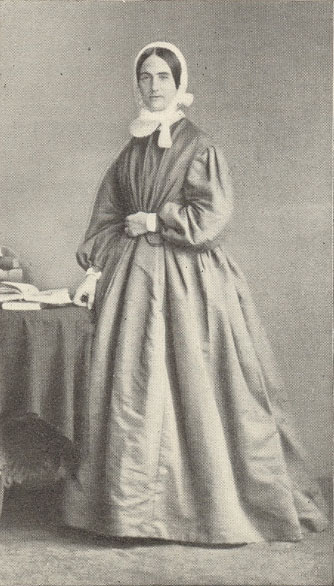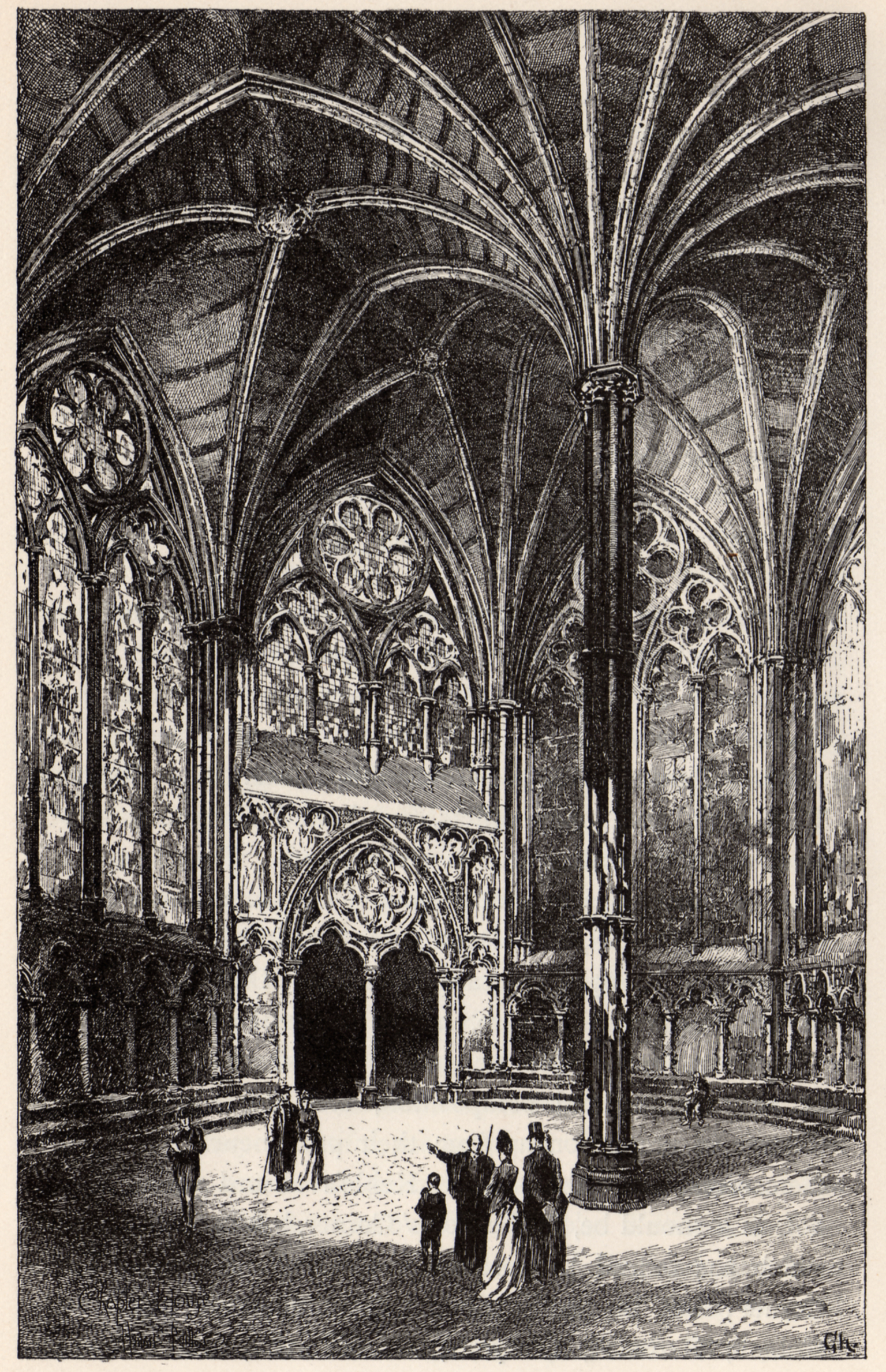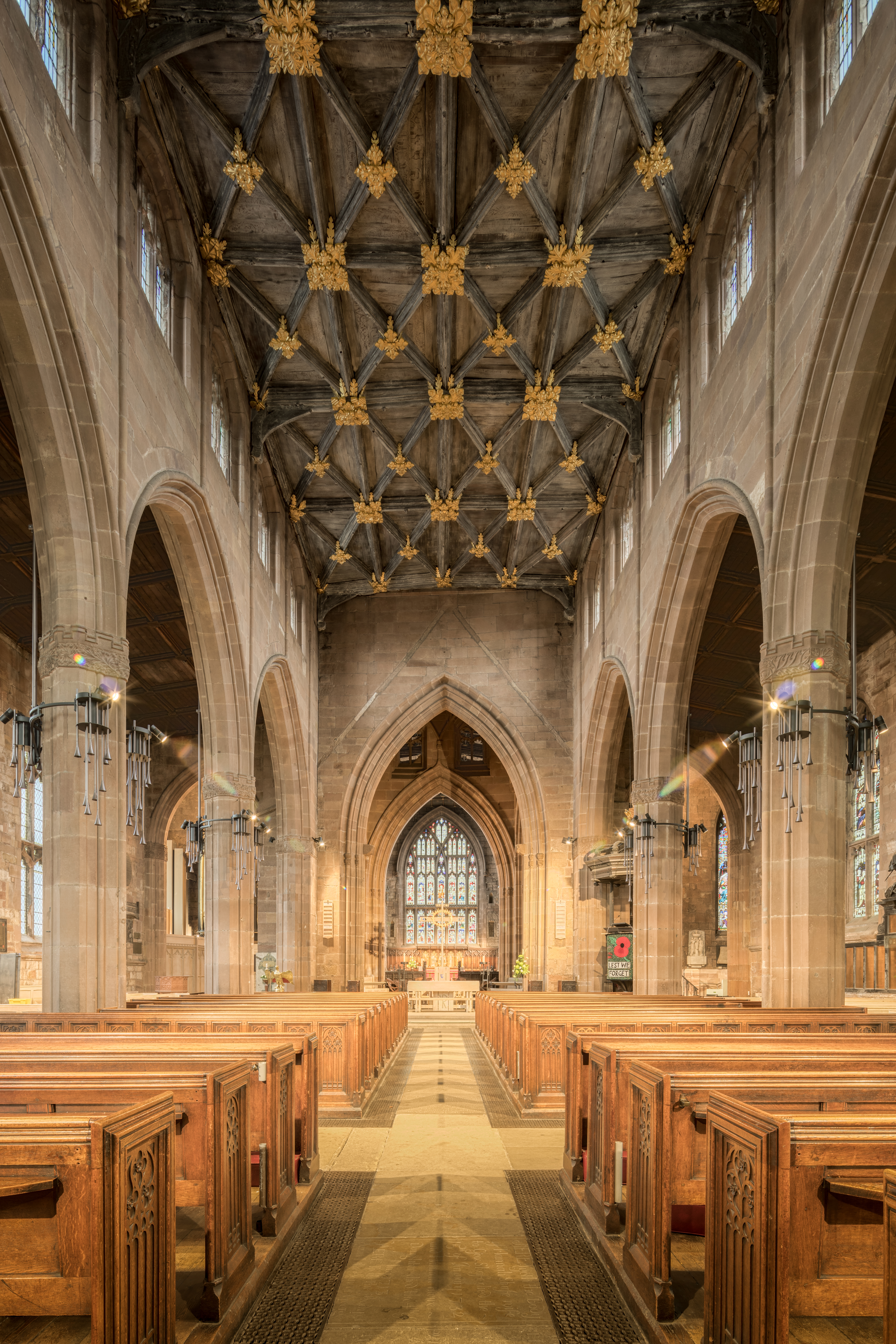|
Jane Sinclair
Jane Elizabeth Margaret Sinclair (March 1956 – 14 January 2021) was a British Anglican priest. Before her retirement in 2020, she was a Canon of Westminster from 2014, and Rector of St Margaret's Church, Westminster from 2016. She had served as Archdeacon of Stow and Lindsey between 2007 and 2014. Early life and education Sinclair was born in 1956. After attending schools in London, New York and then Westonbirt School, she read History at St Hugh's College, Oxford and represented the university at lacrosse, graduating in 1978. Sinclair then trained for ordained ministry at St John's College, Nottingham. Ordained ministry She was a deaconess at St Paul's, Herne Hill from 1983 to 1986; a Lecturer in Liturgy at St John's College, Nottingham from 1986 to 1993; a Canon Residentiary and Precentor at Sheffield Cathedral from 1993 to 2003. In 1995 Sinclair was elected to General Synod, and also server on the Liturgical Commission with involvement in the revision of the Psalte ... [...More Info...] [...Related Items...] OR: [Wikipedia] [Google] [Baidu] |
The Reverend
The Reverend is an style (manner of address), honorific style most often placed before the names of Christian clergy and Minister of religion, ministers. There are sometimes differences in the way the style is used in different countries and church traditions. ''The Reverend'' is correctly called a ''style'' but is often and in some dictionaries called a title, form of address, or title of respect. The style is also sometimes used by leaders in other religions such as Judaism and Buddhism. The term is an anglicisation of the Latin ''reverendus'', the style originally used in Latin documents in medieval Europe. It is the gerundive or future passive participle of the verb ''revereri'' ("to respect; to revere"), meaning "[one who is] to be revered/must be respected". ''The Reverend'' is therefore equivalent to ''The Honourable'' or ''The Venerable''. It is paired with a modifier or noun for some offices in some religious traditions: Lutheran archbishops, Anglican archbishops, and ... [...More Info...] [...Related Items...] OR: [Wikipedia] [Google] [Baidu] |
Deaconess
The ministry of a deaconess is, in modern times, a usually non-ordained ministry for women in some Protestant, Oriental Orthodox, and Eastern Orthodox churches to provide pastoral care, especially for other women, and which may carry a limited liturgical role as well. The word comes from the Greek (), for "deacon", which means a servant or helper and occurs frequently in the Christian New Testament of the Bible. Deaconesses trace their roots from the time of Jesus Christ through to the 13th century in the West. They existed from the early through the middle Byzantine periods in Constantinople and Jerusalem; the office may also have existed in Western European churches. There is evidence to support the idea that the diaconate including women in the Byzantine Church of the early and middle Byzantine periods was recognized as one of the major non-ordained orders of clergy. The English separatists unsuccessfully sought to revive the office of deaconesses in the 1610s in their Ams ... [...More Info...] [...Related Items...] OR: [Wikipedia] [Google] [Baidu] |
Dean And Chapter Of Westminster
The Dean and Chapter of Westminster are the ecclesiastical governing body of Westminster Abbey, a collegiate church of the Church of England and royal peculiar in Westminster, Greater London. They consist of the dean and several canons meeting in chapter and are also (less frequently) known as the Dean and Canons of Westminster. Foundation The first college of canons was established by letters patent on 17 December 1540 by Henry VIII. Under the Bishop of Westminster of the newly created Diocese of Westminster, there was a dean and 12 canons, six of whom were former monks of the abbey. They survived the dissolution of the diocese in 1550, becoming a second cathedral of the Diocese of London until 1556 when the college was dissolved by Mary I. The second college of canons was established on 21 May 1560 by Elizabeth I, this time as a royal peculiar. From 16 November 1645 the dean and canons were dispersed, and a committee of the Lords and Commons from the Long Parliament governed. T ... [...More Info...] [...Related Items...] OR: [Wikipedia] [Google] [Baidu] |
Archdeacon Of Stow & Lindsey
The Archdeacon of Stow and Lindsey is a senior ecclesiastical officer in the Church of England Diocese of Lincoln. History The Archdeaconry of Stow is an ancient division of Lincoln diocese; the first archdeacons are recorded from around 1092 (the time around which archdeacons were first appointed across the English church) and were among eight archdeacons in the exceptionally large diocese. The Archdeaconry of Lindsey was created on 22 December 1933 from the Stow archdeaconry and merged back into the Archdeaconry of Stow in 1994. The merged archdeaconry was named "the Archdeaconry of Stow and Lindsey". List of archdeacons High Medieval :''Some of the earliest archdeacons are occasionally referred to by several variations of the title, including Archdeacon of the West Riding (of Lindsey), and of Lindsey.'' *bef. 1092 – ?: Hugh *bef. 1133 – bef. 1134: Osbert (son of Hugh) *bef. 1134 – aft. 1152: William son of Osbert *bef. 1158 – bef. 1161: Roger de Almaria *bef. 11 ... [...More Info...] [...Related Items...] OR: [Wikipedia] [Google] [Baidu] |
All Saints Church, Rotherham
The Minster Church of All Saints or Rotherham Minster is the Anglican minster church of Rotherham, South Yorkshire, England. The Minster is a prominent example of Perpendicular Gothic architecture and various architectural historians have rated it highly. Nikolaus Pevsner describes it as "one of the largest and stateliest churches in Yorkshire", Simon Jenkins states it is "the best work in the county", and Alec Clifton-Taylor calls it the "glory of Rotherham".Pevsner, Nikolaus, ''The Buildings of England: Yorkshire: West Riding'' (1967), pp. 418-420. With its tall spire, it is Rotherham's most predominant landmark, and amongst the tallest churches in Yorkshire. The church has been designated as Grade I listed since 1951 by Historic England and was granted Minster status in 2004. The minster is also one of two parish churches to have minster status in South Yorkshire, the other being Doncaster Minster. History Saxon and Norman eras In Saxon times, Rotherham seems to ... [...More Info...] [...Related Items...] OR: [Wikipedia] [Google] [Baidu] |
Vicar
A vicar (; Latin: ''vicarius'') is a representative, deputy or substitute; anyone acting "in the person of" or agent for a superior (compare "vicarious" in the sense of "at second hand"). Linguistically, ''vicar'' is cognate with the English prefix "vice", similarly meaning "deputy". The title appears in a number of Christian ecclesiastical contexts, but also as an administrative title, or title modifier, in the Roman Empire. In addition, in the Holy Roman Empire a local representative of the emperor, perhaps an archduke, might be styled "vicar". Roman Catholic Church The Pope uses the title ''Vicarius Christi'', meaning the ''vicar of Christ''. In Catholic canon law, ''a vicar is the representative of any ecclesiastic'' entity. The Romans had used the term to describe officials subordinate to the praetorian prefects. In the early Christian churches, bishops likewise had their vicars, such as the archdeacons and archpriests, and also the rural priest, the curate who had the ... [...More Info...] [...Related Items...] OR: [Wikipedia] [Google] [Baidu] |
Common Worship
''Common Worship'' is the name given to the series of services authorised by the General Synod of the Church of England and launched on the first Sunday of Advent in 2000. It represents the most recent stage of development of the Liturgical Movement within the Church and is the successor to the ''Alternative Service Book'' (ASB) of 1980. Like the ASB, it is an alternative to the 1662 ''Book of Common Prayer'' (BCP), which remains officially the normative liturgy of the Church of England. It has been published as a series of books, rather than a single volume, offering a wider choice of forms of worship than any of its predecessors. It was drafted by the Church of England's Liturgical Commission; the material was then either authorised by General Synod (sometimes with amendments) or simply commended for use by the House of Bishops. Series The main ''Common Worship'' book is called ''Common Worship: Services and Prayers for the Church of England''. It was published in 2000 alongside ... [...More Info...] [...Related Items...] OR: [Wikipedia] [Google] [Baidu] |
Psalter
A psalter is a volume containing the Book of Psalms, often with other devotional material bound in as well, such as a liturgical calendar and litany of the Saints. Until the emergence of the book of hours in the Late Middle Ages, psalters were the books most widely owned by wealthy lay persons. They were commonly used for learning to read. Many Psalters were richly illuminated, and they include some of the most spectacular surviving examples of medieval book art. The English term (Old English , ) derives from Church Latin. The source term is la, psalterium, which is simply the name of the Book of Psalms (in secular Latin, it is the term for a stringed instrument, from grc, ψαλτήριον ''psalterion''). The Book of Psalms contains the bulk of the Divine Office of the Roman Catholic Church. The other books associated with it were the Lectionary, the Antiphonary, and Responsoriale, and the Hymnary. In Late Modern English, ''psalter'' has mostly ceased to refer to the ... [...More Info...] [...Related Items...] OR: [Wikipedia] [Google] [Baidu] |
General Synod Of The Church Of England
The General Synod is the tricameral deliberative and legislative organ of the Church of England. The synod was instituted in 1970, replacing the Church Assembly, and is the culmination of a process of rediscovering self-government for the Church of England that had started in the 1850s. Church Assembly: 1919 to 1970 Before 1919, any change to the church's worship or governance had to be by Act of Parliament, which resulted in little being done. In 1919, the Convocations of the provinces of Canterbury and York adopted the constitution of the National Church Assembly proposed by the Representative Church Council and presented it to the king as an appendix to an address. The constitution as proposed to the sovereign was then recognised as already existing in the Church of England Assembly (Powers) Act 1919 thus obtaining legal recognition of the assembly without implying that it had been created by Parliament or that Parliament could modify its constitution. By means of the Ch ... [...More Info...] [...Related Items...] OR: [Wikipedia] [Google] [Baidu] |
Sheffield Cathedral
The Cathedral Church of St Peter and St Paul, Sheffield, more commonly known as Sheffield Cathedral, is the cathedral church for the Church of England diocese of Sheffield, England. Originally a parish church, it was elevated to cathedral status when the diocese was created in 1914. Sheffield Cathedral is one of five Grade I listed buildings in the city, along with the Town Hall, Abbeydale Industrial Hamlet, and the parish churches at Ecclesfield and Bradfield. The cathedral is located on Church Street in the city centre, close to the head of Fargate. Construction of the earliest section of the cathedral dates back to c. 1200, with the newest construction completed in 1966; the building is an unusual mixture of medieval and modern architecture. Cathedral tram stop, located outside the front churchyard, opened in 1994 and is today served by all four lines of the Sheffield Supertram network. Most recently, the cathedral underwent an interior and exterior refurbishment in 2013 ... [...More Info...] [...Related Items...] OR: [Wikipedia] [Google] [Baidu] |
Precentor
A precentor is a person who helps facilitate worship. The details vary depending on the religion, denomination, and era in question. The Latin derivation is ''præcentor'', from cantor, meaning "the one who sings before" (or alternatively, "first singer"). Ancient precentors The chief precentor was the highest position in many ancient Mesopotamian cities (see Music of Mesopotamia). Jewish precentors Jewish precentors are song or prayer leaders, leading synagogue music. A Jewish precentor is typically called a hazzan or cantor. In the Middle Ages, women precentors leading prayers in the ''vaybershul'' (women's gallery) were known as firzogerin, farzangerin, foreleiner, zogerin, or zogerke. Christian precentors A precentor is a member of a church who helps facilitate worship. The role of precentor was carried over from the synagogues into the early church. Catholic precentors Ancient era The term ''precentor'' described sometimes an ecclesiastical dignitary, sometimes an ... [...More Info...] [...Related Items...] OR: [Wikipedia] [Google] [Baidu] |






